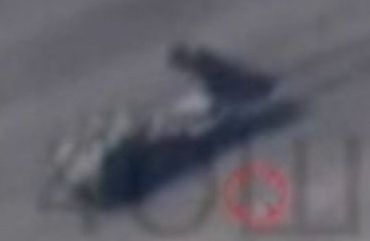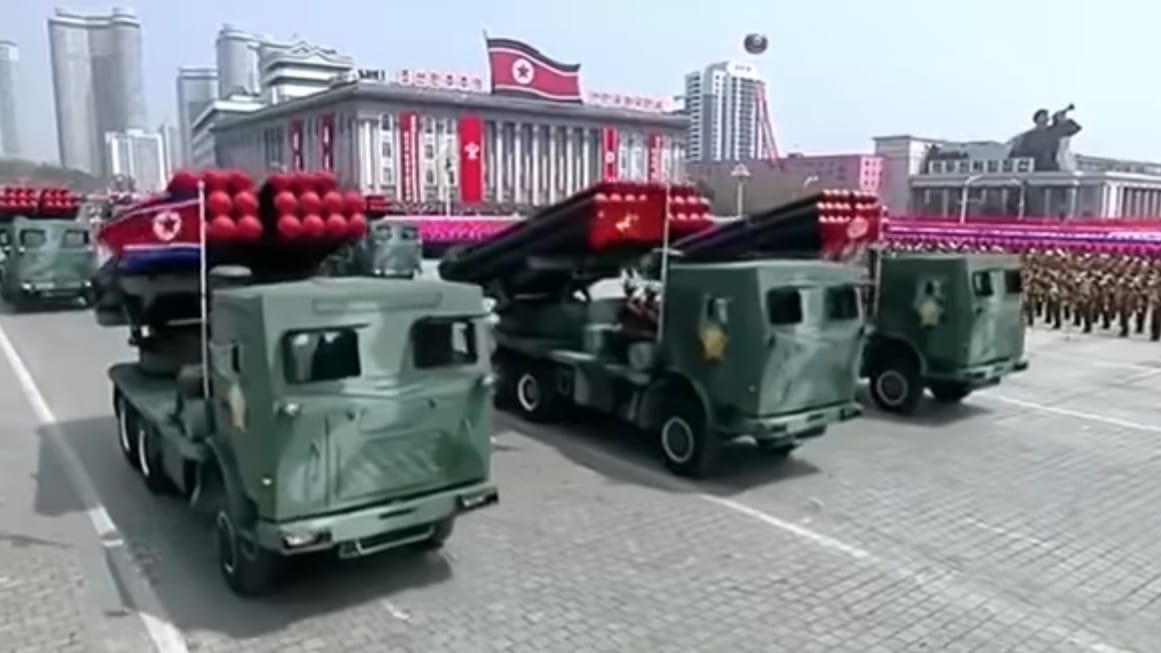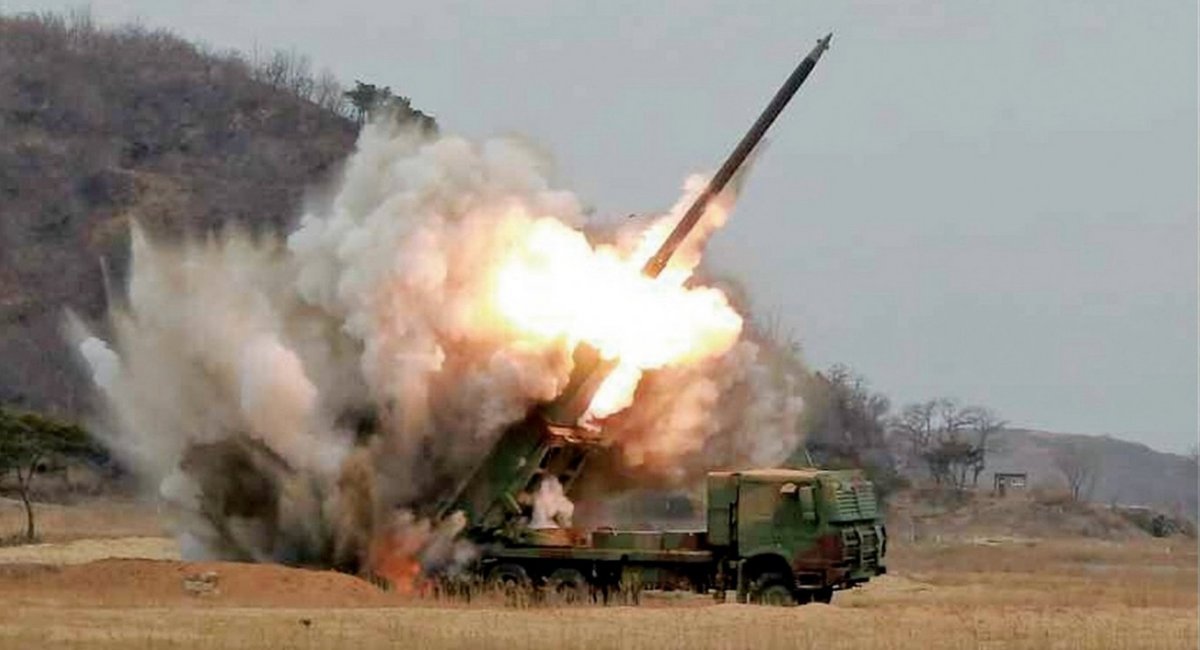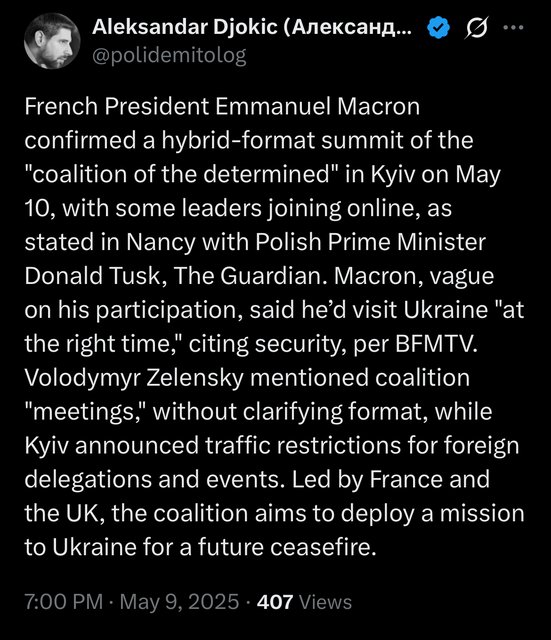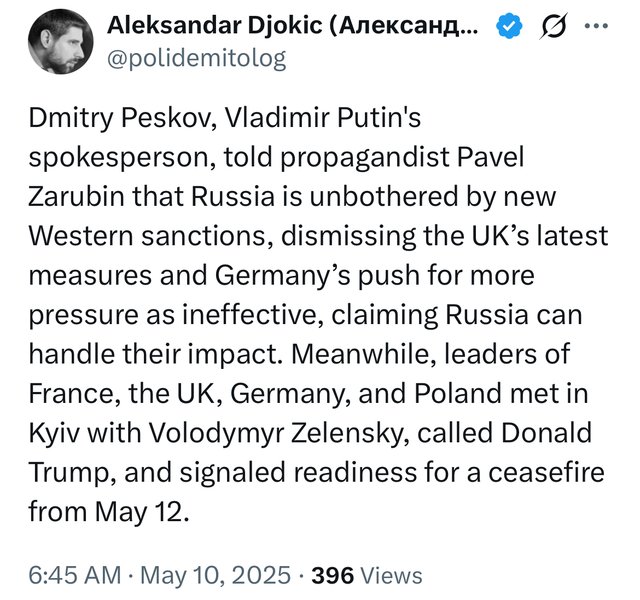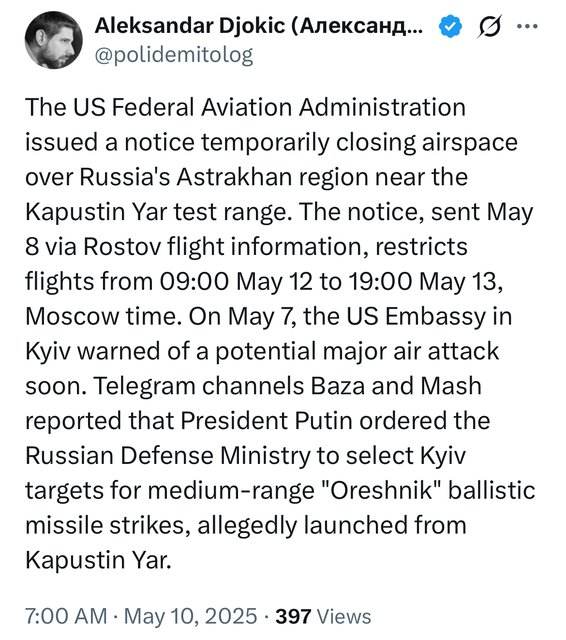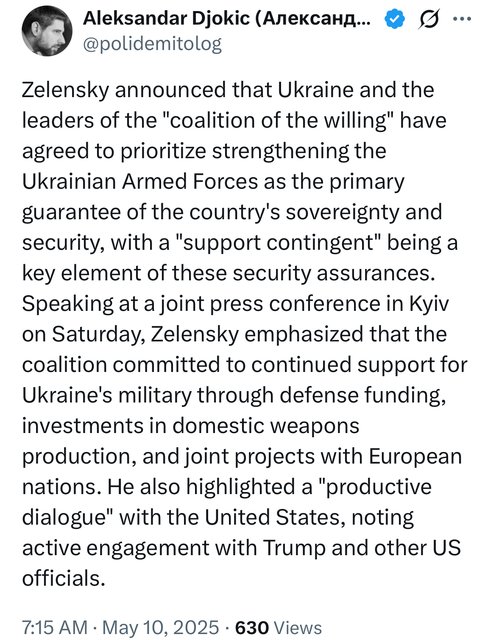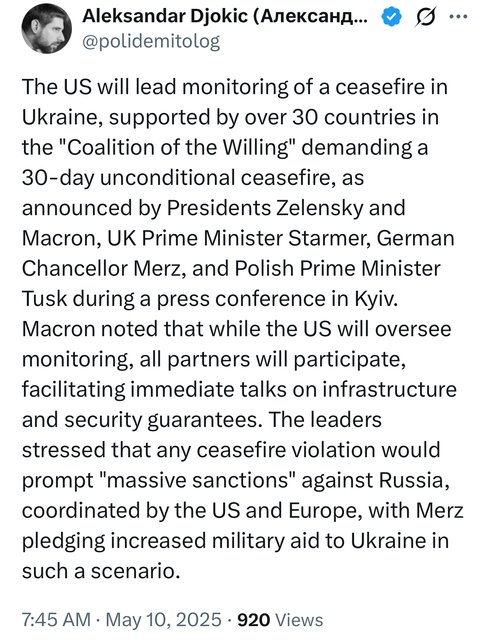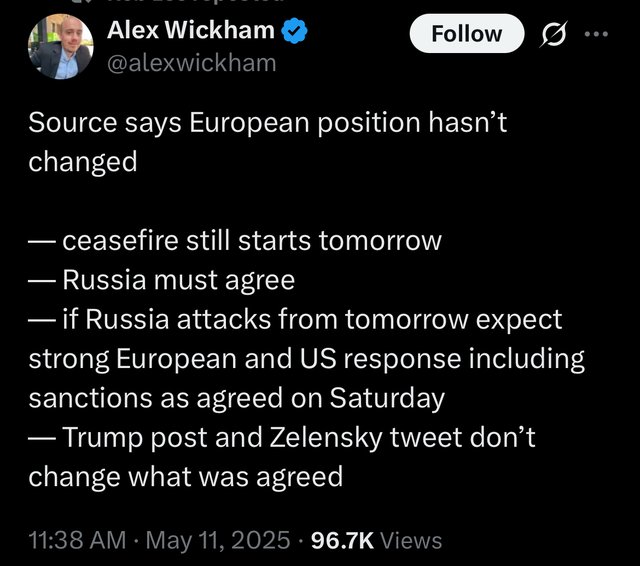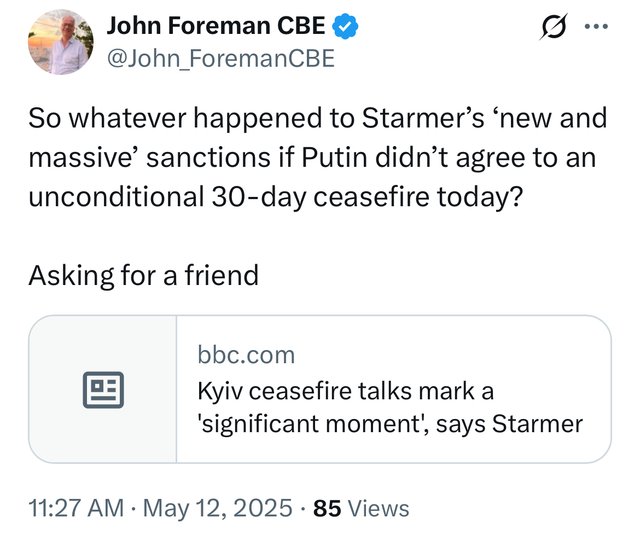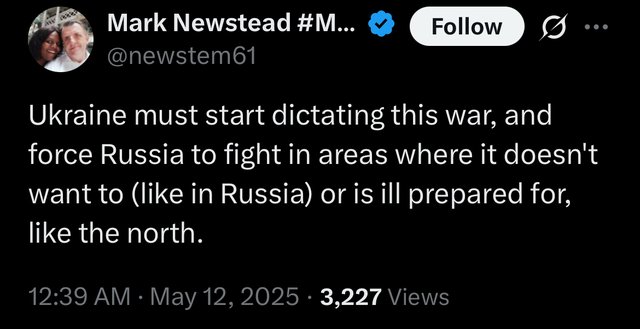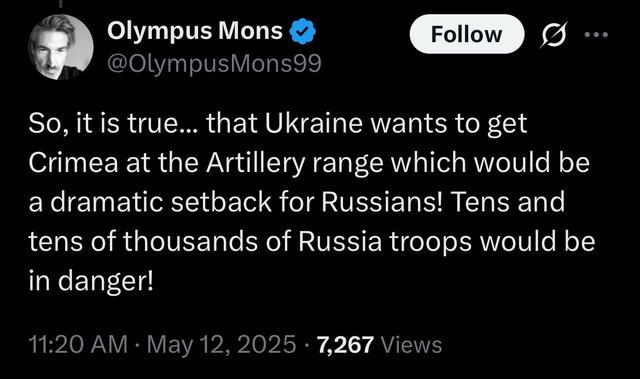Maybe, you mean "in Kursk"?Feanor said:A knocked out M113 MEDVAC variant in Crimea.
Confirmed by Ukrinform.Feanor said:An interesting shot of a Ukrainian drone hitting a Russian vehicle of some sort. Allegedly this is a ground-based version of the ship-based Zaslon radar.
Yes, it's very strange. We have talked about that in the previous days.Feanor said:There are reprots that the US is blocking the transfer of Abrams tanks to Ukraine from Australia.
Americans tried to explain this by saying that it's not very rational because it's very expensive to ship the tanks and refurbish them and that they are "not sure that Ukrainians still want these tanks"[sic].
Ukrinform have not commented on this AFAIK.
There are reports (from Reuters I think) that Pete Heggseth had cancelled all air born deliveries to Ukraine minutes after he left a meeting with Trump in the WH, in the early days of his inauguration. The interruption lasted one week.
It's possible that he is also responsible for the blocking of the Abram tanks transfer.
Maybe they don;t want to give Uktainians tools for another counter-offensive which could retake somme territories from Russia. Or, instead, they do that to show the Russians that they are blocking some military shipment to Ukraine while in fact, the delivery was about to be cancelled for technical cost reasons.
That was mortar shells. The CEO and several other persons have been arraigned. They used a mix of substandard powder causing many failures. (links in my previous posts)Feanor said:here are reports that the Dnepropetrovsk plant provided 120 000 defective artillery shells to the Ukrainian military.
There are reports that the grey zone, once a few hundred meter, if not barely 100 meters, have extended to several kilometres. Both sides are afraid to enter the grey zone because of the drones and flying bombs.KipPotapych said:The interesting points are that it is becoming more and more difficult to evacuate the wounded (days is normal); while bullet wounds were normal before, they are almost nonexistent now and the majority of injuries come from FPVs and glide bombs; the war is getting deadlier for everyone, at the line of contact or further out; those further out have a better chance of being evacuated.
Russians are using motorcycles to try to cross this grey zone as fast as possible. But it's not very successful.
This means that the grey zones that we see on the maps are much more larger in reality. Areas painted solid as "Ukrainian" or as "Russian" may be completely empty over several kilometres.
The goal is indeed to keep US military aid coming. It costs nothing for the Ukrainians as it's supposed to be paid by future profits generated by the fund. It can take years before the fund investments turn a profit. So it's not that bad for Ukrainians, in this perspective.rsemmes said:"But the deal is about Ukraine playing for time and maintaining some level of US support for its war of self-defence. With Russia’s war machine facing the ticking clock of oil price declines, time might even be on Ukraine’s side."
Somewhere else I read (oil price) in 5 years. We have some economy analyst around here, is Russian economy going to collapse, this time, in five years just because of the oil price? That simple?
Does Ukraine have soldiers for those 5 years? Not to mention everything else needed, including foreign money.
I don't think that they are "waiting for the low oil price to collapse the Russian economy". Oil price could climb back above $70 in a few months. It's in fact quiet a surprise that oil fell that much.
I have heard that the price oil that Russia can sell under sanction is not $60/Barrel but $15 under market price. It makes a big difference when oil prices are down. I didn't spend time to check because I assumed it's true.
Second, Russia still has plenty of financial resources for its military even with the economy collapsing. Notably with China's guarantee of continued oil purchase.
_________________________
Interesting tidbits from the Ukrainian news:
Latvia and Lithuania denied their airspace to Serbian President Aleksandar Vucic's plane on his way to the May 9 Parade.
Poland did the same for Robert Fico. These guys have to fly through Turkey, possibly further to circumvent the war zone and the subsequent denied air spaces.
Ukrainians made a large scale drone attack last night and day. I suspect them to attempt to disrupt incoming flights when diplomats have to land in Moscow for the New World Order Parade.
At the same time they could also use the window of oportunity when the Russians had moved many of their air defence to Moscow to strike target elsewhere.
I hope Ukraine will fire another great barrage of drones and missiles tomorrow and after tomorrow. Then abstaining after the 10th of May.
Ukraine calls on India, Pakistan for restraint and political dialogue.
Serving India their own medecine.
Earlier, India had called on Russia and Ukraine to use diplomatic dialogue to solve the "crisis" (eventually they called it a "conflict" later).
Now that India finds itself in a military conflict with Pakistan, well... Uke foreign ministry "urges for restraint" Hihihihi!
About two thousand civilians remain in the city of Pokrovsk
Meet the the robot deminer “Zmiy”. Seems promising.
Last edited:

